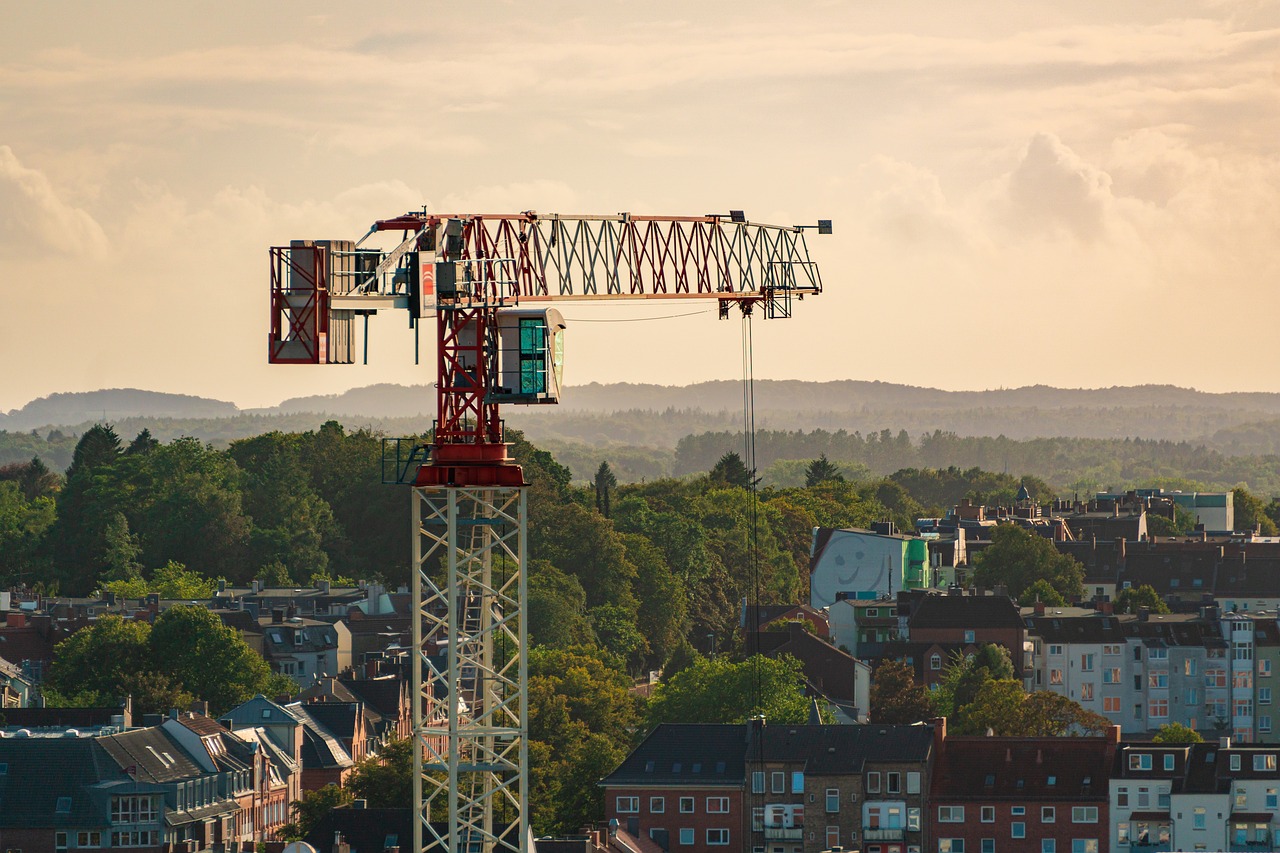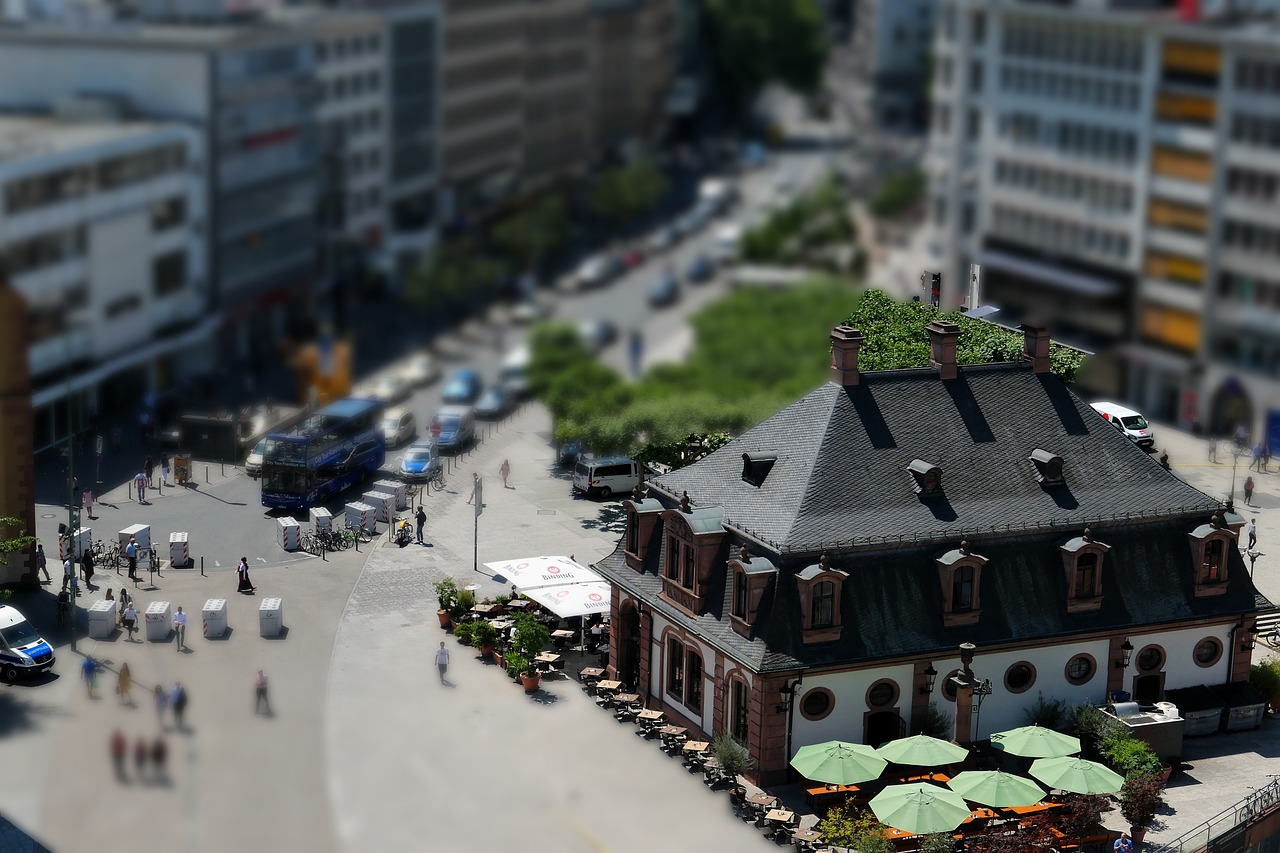The Impact of Global Issues on Local Heritage
Global issues such as climate change, urbanization, tourism, globalization, conflict, technology, and community engagement have a profound impact on the preservation and promotion of local heritage around the world. These challenges present both opportunities and threats to the rich cultural tapestry that defines communities and societies.
Climate change stands as a formidable adversary to historical sites and traditional practices at the local level. Rising sea levels, extreme weather events, and shifting ecosystems threaten the very existence of heritage sites, putting centuries-old structures and rituals in jeopardy.
Urbanization, driven by rapid development and population growth, poses a significant risk to the conservation of historical neighborhoods and landmarks. The relentless march of urban expansion often leads to the destruction of heritage sites in favor of modern infrastructure projects.
When it comes to tourism, the influx of visitors can bring economic benefits to local communities but also presents challenges. Issues such as overcrowding, commercialization of cultural sites, and the appropriation of local traditions by external forces can erode the authenticity of heritage sites.
Globalization, with its interconnected web of economic and cultural exchange, has a double-edged impact on local traditions. While it can facilitate the sharing of knowledge and experiences, it also poses a threat to the uniqueness and authenticity of local heritage, as external influences seep into traditional practices.
Conflict and war leave a trail of destruction in their wake, devastating historical monuments, archaeological sites, and intangible cultural heritage. The scars of armed conflicts and political unrest can erase centuries of history and cultural identity in a matter of moments.
Technology and digitalization offer new avenues for preserving and promoting local heritage in the face of modern challenges. Digital tools, virtual reality experiences, and online platforms provide innovative ways to document and share cultural heritage with a global audience.
Community engagement emerges as a crucial pillar in heritage conservation efforts, emphasizing the importance of involving local communities in safeguarding their traditions. Empowering communities to take ownership of their heritage ensures that traditions are passed down through generations.
Policy and advocacy play a vital role in protecting and promoting local heritage amidst global pressures. Government policies, international conventions, and advocacy campaigns serve as guardians of cultural heritage, advocating for its preservation in the face of mounting challenges.

Climate Change
Exploring how worldwide challenges such as climate change, urbanization, tourism, and globalization affect the preservation and promotion of cultural heritage at the local level.
Climate change presents a significant threat to the preservation of local heritage around the world. The rising sea levels caused by melting ice caps endanger coastal historical sites, while extreme weather events like hurricanes and floods can damage centuries-old structures. Traditional practices within communities, deeply rooted in the local environment, face disruption due to shifting ecosystems and unpredictable climatic patterns.
Imagine a scenario where ancestral monuments are slowly eroded by the encroaching sea or ancient artifacts are destroyed by intense storms. The impact of climate change on local heritage is not just a distant concern but a pressing reality that demands immediate attention and proactive measures.
One way to address these challenges is through sustainable adaptation strategies that integrate traditional knowledge with modern scientific approaches. By implementing eco-friendly practices and resilient infrastructure, communities can better protect their cultural treasures from the adverse effects of climate change.
In addition, raising awareness about the cultural significance of heritage sites in the context of climate change can mobilize local and global support for conservation efforts. Collaborative initiatives that involve diverse stakeholders, including government agencies, NGOs, and local communities, are essential in mitigating the risks posed by climate change to our shared heritage.

Urbanization
Urbanization is a complex phenomenon that significantly impacts the preservation of local heritage. As cities expand and populations grow, historical neighborhoods and landmarks often face challenges in maintaining their cultural significance amidst rapid urban development. Infrastructure projects, such as highways and high-rise buildings, can encroach upon heritage sites, altering the physical landscape and eroding the historical fabric of communities.
Furthermore, the influx of people into urban areas can lead to increased pressure on existing heritage sites, causing issues of overcrowding and potential damage from tourism activities. Balancing the needs of a growing urban population with the conservation of historical assets requires careful planning and sustainable development practices to ensure that local heritage is not sacrificed in the name of progress.
One approach to mitigating the negative impacts of urbanization on local heritage is through community engagement and empowerment. By involving residents in decision-making processes regarding heritage conservation, cities can foster a sense of ownership and pride in their cultural legacy. This participatory approach not only helps to safeguard historical neighborhoods but also promotes social cohesion and a shared sense of identity among urban dwellers.
Moreover, urbanization presents opportunities for innovative solutions to heritage preservation through the integration of technology and digitalization. Digital tools, such as virtual reality simulations and online platforms, can be utilized to document and promote local heritage, making it accessible to a wider audience and enhancing public awareness of its value. Embracing technological advancements can help bridge the gap between tradition and modernity, ensuring that local heritage remains relevant and appreciated in urban settings.

Tourism
Tourism plays a significant role in shaping the landscape of local heritage sites, offering both opportunities and challenges. On one hand, tourism can bring economic benefits, raise awareness about cultural treasures, and foster cross-cultural exchange. However, the influx of visitors can also lead to overcrowding, wear and tear on historical structures, and the commodification of local traditions.
Local communities often grapple with balancing the need for tourism revenue with the desire to preserve the authenticity and integrity of their heritage. The commercialization of cultural practices and the risk of cultural appropriation are concerns that arise when local traditions are packaged for mass consumption.
Furthermore, the sustainability of tourism activities at heritage sites is a pressing issue. Implementing responsible tourism practices, managing visitor flows, and engaging in community-led initiatives are crucial steps in ensuring that tourism contributes positively to the preservation and promotion of local heritage.

Globalization
Globalization has become a double-edged sword when it comes to the preservation of local heritage. On one hand, it offers opportunities for cultural exchange and the sharing of traditions on a global scale. However, it also brings challenges in maintaining the authenticity and uniqueness of local heritage in the face of homogenizing influences.
The interconnected nature of the global economy has led to the commercialization of cultural practices, often diluting their original meanings and significance. Local traditions that were once deeply rooted in community identity can become commodified for mass consumption, losing their essence in the process.
Moreover, the influx of external influences through globalization can erode the distinctiveness of local heritage, blurring the lines between different cultural expressions. As globalization spreads Western ideals and consumerism worldwide, traditional practices and beliefs risk being overshadowed or replaced by more dominant cultural narratives.
Despite these challenges, globalization also offers opportunities for local heritage to reach a wider audience and gain recognition on a global scale. Through digital platforms and social media, communities can showcase their traditions and historical legacies to a diverse audience, fostering cross-cultural understanding and appreciation.
However, striking a balance between embracing global influences and preserving local heritage remains a delicate task. It requires thoughtful engagement with both traditional practices and contemporary trends, ensuring that cultural authenticity is maintained while also adapting to the changing world around us.

Conflict and War
Conflict and war have long been significant threats to local heritage worldwide. The devastating impacts of armed conflicts and political unrest on historical monuments, archaeological sites, and intangible cultural heritage are profound. These conflicts not only result in physical destruction but also lead to the loss of cultural identity and traditional practices that have been passed down through generations. The scars left by war on heritage sites are not just physical but also emotional, as communities witness the destruction of symbols of their history and identity.

